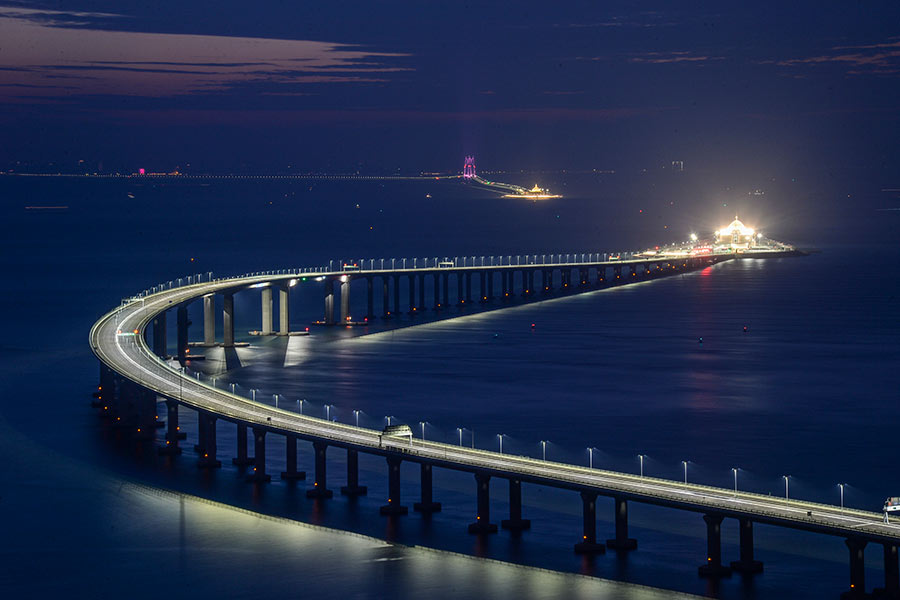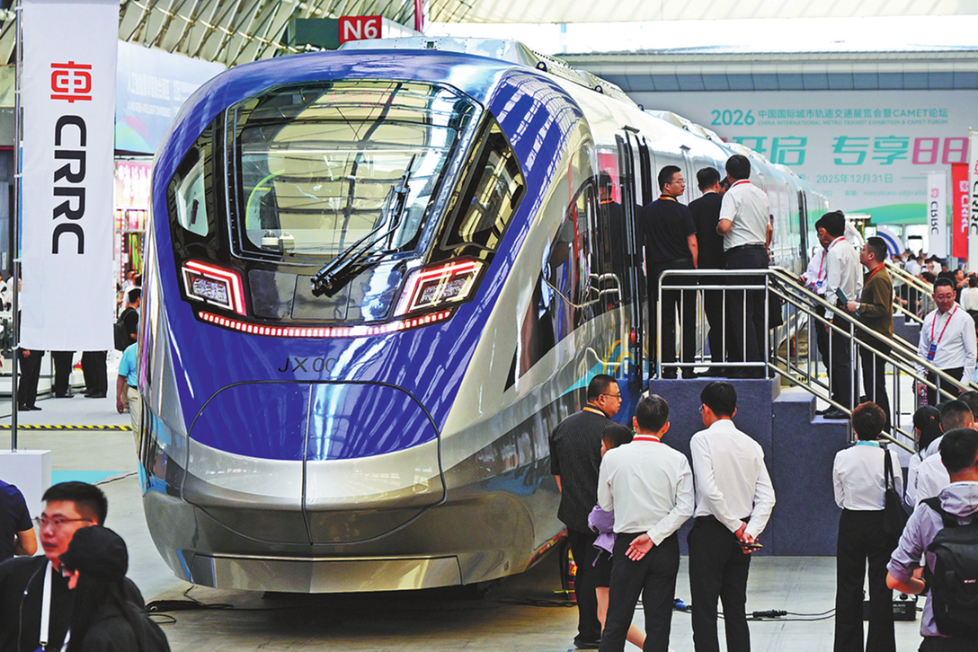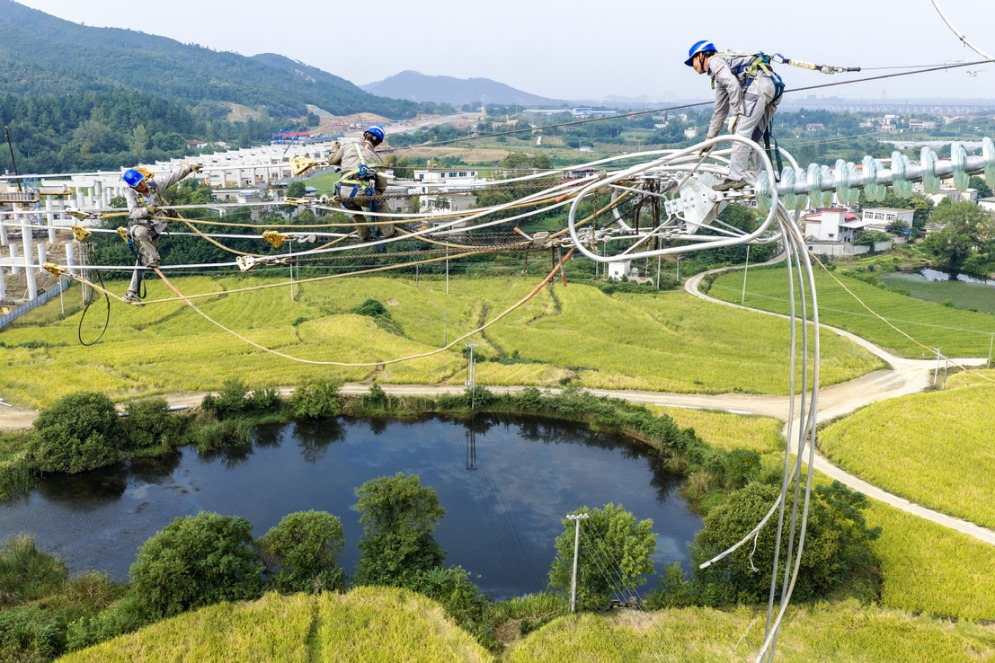Project cracks geological puzzle


Summer storms
The frequent typhoons and rainstorms that hit South China in summer add to the challenges of offshore construction, and each day saved reduced risks to the project.
The 55-km bridge-island-tunnel complex withstood a lashing from Typhoon Hato in August last year, when the project was still under construction, and Typhoon Mangkhut last month. The two typhoons claimed more than 10 lives in China, and caused billions of yuan in economic losses.
"Looking at approximately 14 years of preparation and construction of the project under these challenging conditions, the result is very impressive and will make everybody who contributed to the project very proud," De Wit said. "The HZMB project really stretched the limits of immersed tunneling.
"China has all the potential to become one of the leading countries in immersed tunnel projects."
Peter Lee Kai-kwong, dean of the faculty of science and engineering at Chuhai College of Higher Education in Hong Kong, said the HZMB project has led to the accumulation of valuable experience for similar projects, and presented many innovative solutions to upgrade the world's tunnel engineering technologies.
The Shenzhen-Zhongshan Link being built across the Pearl River estuary is a perfect example. Based on technologies, marine data, talent and other experience from the HZMB, the new link is also a bridge-island-tunnel complex, about 40 km north of the HZMB.
As the estuary's first sea crossing, the HZMB has solved the puzzle of its complex geology, setting the scene for future massive marine engineering projects in the area.
























